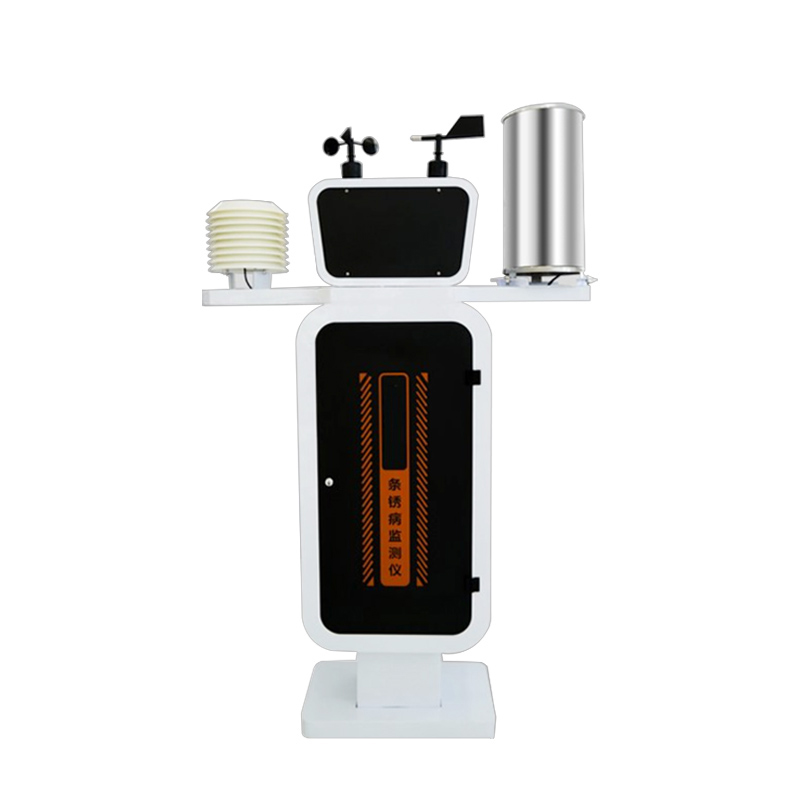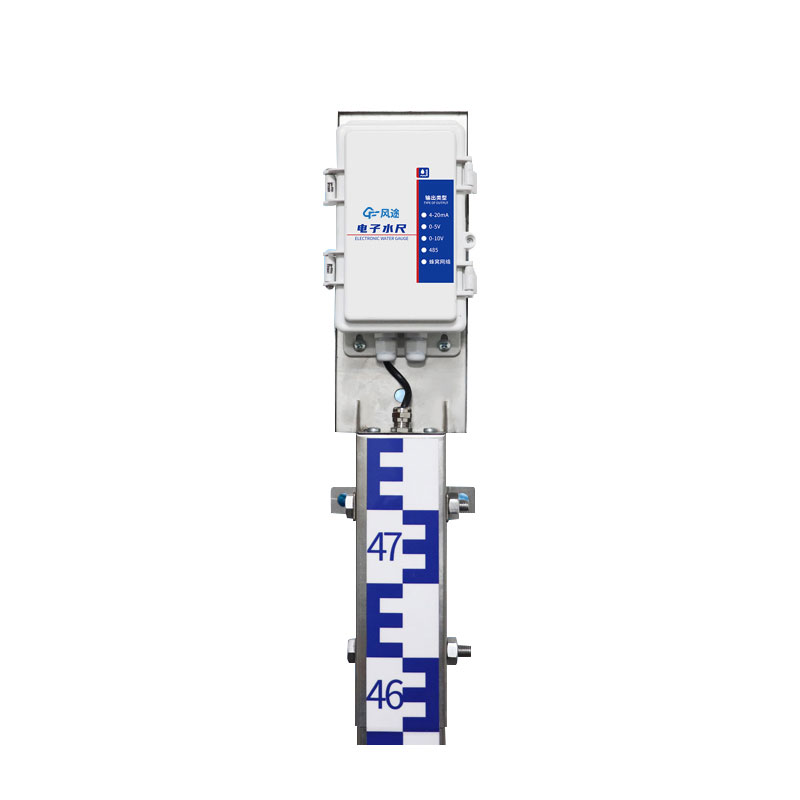In the surface displacement monitoring of highway subgrade slopes, the GNSS measurement method is a commonly used technique. When applying this method, the following requirements must be followed for field operations:
1. Selection of Reference Points
Reference points are crucial and should be located outside the boundary of potential hazard zones and their influence areas. These areas must have solid and stable foundations with good geological conditions to ensure long-term usability. Additionally, the distance between reference points and the deformation zone of hazard points should be moderate, ideally within 0.5 kilometers and no more than 1.5 kilometers at the farthest, to facilitate management and maintenance.
2. Layout of GNSS Monitoring Stations
GNSS monitoring stations should be prioritari ly positioned in areas that reflect poor stability and severe deformation of hazard points. This allows for maximum monitoring of the deformation characteristics of hazard points, providing accurate data for subsequent analysis.
3. Site Location for Signal Reception
The choice of station location significantly impacts signal reception. Stations must be in open areas with no large-scale obstacles above a ±15° elevation angle to ensure unobstructed reception of GPS satellite signals. They should be kept away from large bodies of water and major structures, maintaining a distance of at least 50 meters from signal-interfering objects such as high-voltage transmission lines and transformers, and more than 200 meters from strong signal sources like radio transmitters, television stations, and microwave relay stations to avoid signal interference.
4. Site Installation: Flatness and Stability
The flatness and firmness of the installation site directly affect monitoring accuracy. After installation, equipment must be stable and not prone to shaking. It is recommended to fix the GNSS monitoring station using DN140 galvanized steel pipes, with the GNSS receiver and solar power supply system mounted on them.
For stations set on retaining wall tops or arched skeletons: Install by drilling and anchoring bolts, connecting them to the upright pole flange via expansion bolts, then forming a mold for enclosure and pouring concrete piers to ensure stability.
For stations on soil: Construct a concrete pier foundation with dimensions no smaller than 60cm×60cm×60cm to guarantee the station’s stability.
For stations on concrete surfaces: First fix the upright pole with expansion bolts, then reinforce it by constructing a concrete pier.
5. Foundation Drainage
Attention must also be paid to foundation drainage. If the foundation is prone to water accumulation, install diversion channels to drain water and prevent the foundation from being submerged, ensuring the long-term stability of monitoring stations and the accuracy of monitoring data.

This paper addresses:https://www.fengtusz.com/industry/755.html









